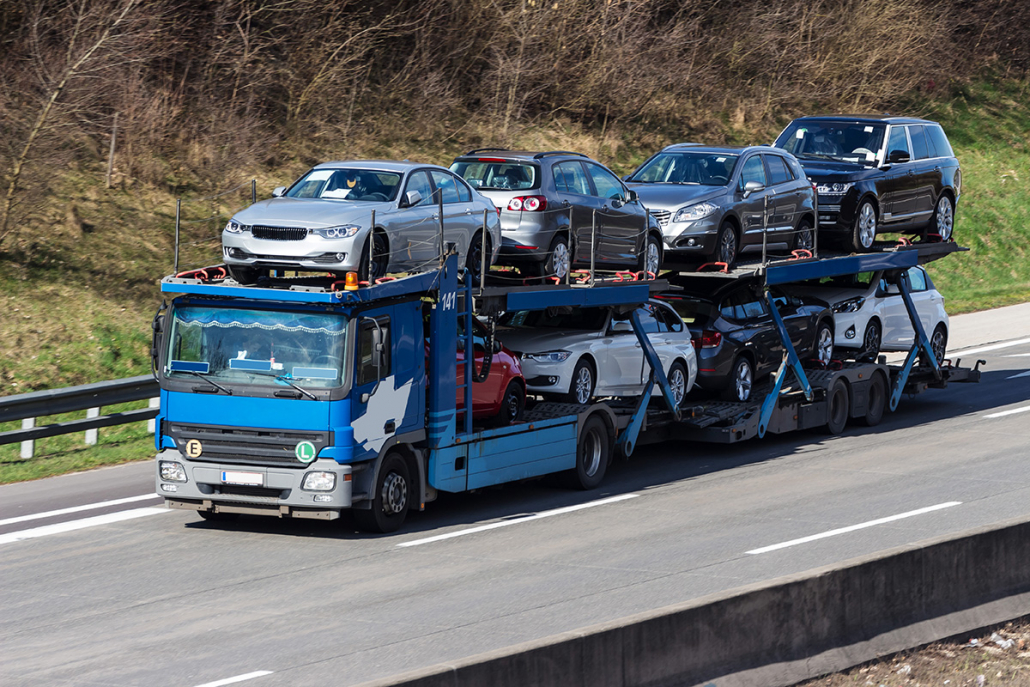The Evolution and Impact of Autotransport: Transforming the Landscape of Vehicle Logistics
The Genesis of Autotransport: Tracing Historical Milestones
The concept of autotransport has its roots embedded deep in the evolution of the automotive industry. Initially, vehicles were transported via rudimentary methods such as being driven individually to their destinations or hauled using horse-drawn carriages. However, as the production of automobiles surged in the early 20th century, especially with Henry Ford’s introduction of the assembly line, the need for a more efficient and scalable transportation solution became evident. This necessity gave birth to the autotransport industry, which began with simple flatbed trucks and evolved into sophisticated, multi-tiered carriers capable of transporting multiple vehicles simultaneously. These advancements were crucial in meeting the growing demand for automobiles across vast distances, shaping the foundation of modern vehicle logistics.
Technological Advancements: Revolutionizing Vehicle Transportation
The progression of technology has been a cornerstone in revolutionizing the autotransport industry. In the early days, transportation was limited by the capabilities of basic flatbed trucks. However, with advancements in engineering and materials science, the industry witnessed the emergence of specialized car carriers equipped with hydraulic systems and advanced securing mechanisms. These innovations not only increased the capacity and safety of vehicle transport but also significantly reduced the risks associated with long-haul journeys. Moreover, the incorporation of GPS and telematics systems has transformed the logistics aspect of autotransport, enabling real-time tracking and monitoring of shipments. This has led to improved efficiency, transparency, and customer satisfaction, marking a significant leap from the primitive methods of the past.
Environmental Considerations: Balancing Efficiency with Sustainability
As the world grapples with the pressing issue of climate change, the autotransport industry is increasingly focusing on sustainability. Traditional vehicle carriers, typically powered by diesel engines, contribute to greenhouse gas emissions and environmental degradation. In response, the industry is exploring greener alternatives such as electric and hybrid transport trucks. These eco-friendly options are designed to minimize the carbon footprint of vehicle logistics while maintaining operational efficiency. Additionally, innovations in route optimization software have enabled companies to plan more efficient journeys, reducing fuel consumption and emissions. The push towards sustainability is not just a regulatory compliance measure but also a strategic initiative to align with global environmental goals and meet the growing consumer demand for greener practices.
Economic Impact: Driving Growth and Creating Opportunities
The economic impact of the autotransport industry is multifaceted, encompassing job creation, business growth, and contributions to the broader economy. The industry supports a wide range of occupations, from truck drivers and logistics coordinators to maintenance technicians and administrative staff. Furthermore, autotransport companies often form partnerships with automobile manufacturers, dealerships, and shipping agencies, creating a symbiotic relationship that drives economic growth. The ability to efficiently transport vehicles across regions and even internationally has opened up new markets for car manufacturers and dealers, boosting sales and profitability. The ripple effect of these economic activities extends to ancillary industries such as insurance, fueling stations, and vehicle maintenance services, highlighting the extensive reach of the autotransport sector in driving economic development.
The Future of Autotransport: Embracing Innovation and Overcoming Challenges
Looking ahead, the autotransport industry is poised for further transformation, driven by technological innovation and evolving market demands. Autonomous vehicles are on the horizon, promising to revolutionize the logistics landscape by reducing human error, enhancing safety, and improving operational efficiency. Additionally, advancements in artificial intelligence and machine learning are set to optimize route planning, predictive maintenance, and customer service. However, the industry also faces challenges such as regulatory hurdles, infrastructure limitations, and the need for substantial investment in new technologies. Overcoming these obstacles will require a collaborative effort between industry stakeholders, policymakers, and technology providers. The future of autotransport will be defined by its ability to adapt to these changes, embracing innovation while addressing the complexities of an ever-evolving market.
Conclusion
The autotransport industry has come a long way from its humble beginnings, evolving into a critical component of the global automotive supply chain. Technological advancements have revolutionized vehicle transportation, making it more efficient, safe, and environmentally sustainable. The economic impact of autotransport is substantial, driving growth and creating opportunities across various sectors. As the industry looks to the future, embracing innovation and overcoming challenges will be key to its continued success. The journey of autotransport is a testament to the power of innovation and adaptation in shaping industries and driving progress.
Stay in touch to get more updates & news on Vyvy Manga !






